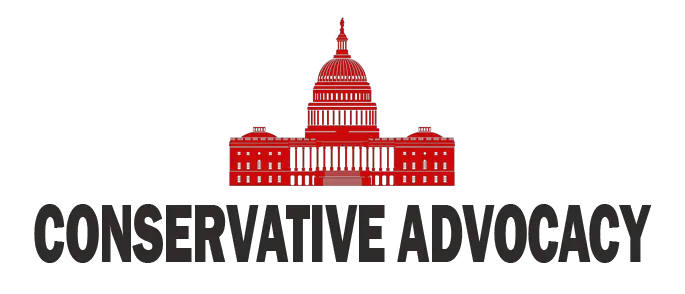The Federal Reserve’s recent decision to cut interest rates by a quarter point to a 4.00–4.25% range has generated substantial excitement across financial markets and political circles. This marks the Fed’s first rate reduction since December 2024, a move spurred by weakening labor market data and persistent calls from President Trump for pro-growth monetary policy. As the decision broke, the Dow soared near historic highs, reinforcing just how eager investors and businesses are for signs of economic support from the central bank.
President Trump’s influence was hard to ignore; his persistent urging for lower rates finally gained traction, putting pressure on Fed Chair Jerome Powell and breaking the months-long stalemate. The market’s jubilant response shows just how desperately the country’s growth sectors have been waiting for relief from the high-rate environment, even as the inflation battle rages on. Supporters argue that this pro-growth adjustment was overdue, and with equities nearing the 50,000 milestone, confidence appears robust—at least for now.
Yet, beneath the fanfare, skeptical voices suggest the Fed may not have gone far enough. Some economic experts, and even a few dissenters within the Fed itself, championed a bolder half-point cut to counteract the effects of persistent inflation and stagnant hiring. With price pressures persisting, critics argue that incremental moves could prove too little, too late, resulting in continued pain for working Americans and small businesses. These concerns also fuel ongoing debate about the central bank’s role and the need for substantive reform to ensure true accountability and responsiveness to Main Street—not just Wall Street.
Looking ahead, the Fed’s latest projections signal the potential for additional cuts within the next two years, keeping investors and analysts on the edge of their seats. Market participants are also keenly watching the interplay between future rate decisions, inflation direction, and structural changes such as the rise of artificial intelligence—all factors that could define the next chapter in economic performance. As the macroeconomic picture remains uncertain, questions about employment strength, consumer confidence, and housing affordability continue to dominate the conversation.
Ultimately, while the Fed’s rate cut injects much-needed optimism, it also raises important questions about whether monetary policy alone can address the deeper economic challenges facing American households. With political, economic, and technological forces all in rapid flux, the stakes have rarely been higher—or more consequential—for everyday Americans seeking prosperity, stability, and a fair shake in the marketplace.




